
Broschiertes Buch
Mapping and Localization
2009
VDM Verlag Dr. Müller
Ähnliche Artikel
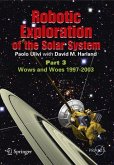
Broschiertes Buch
Part 3: Wows and Woes, 1997-2003
2012
14. August 2012
Praxis / Springer New York / Springer, Berlin
12087273,978-0-387-09627-8
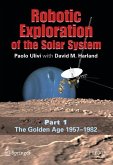
Broschiertes Buch
Part I: The Golden Age 1957-1982
2007
23. Oktober 2007
Praxis / Springer New York / Springer, Berlin
11301813,978-0-387-49326-8

Broschiertes Buch
25. März 2015
LAP Lambert Academic Publishing
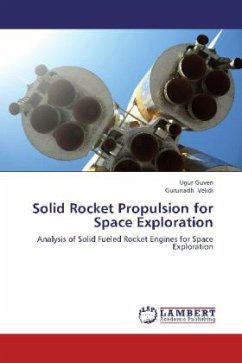
Broschiertes Buch
Analysis of Solid Fueled Rocket Engines for Space Exploration
2012
LAP Lambert Academic Publishing
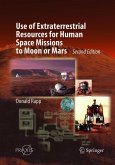
Broschiertes Buch
2. Aufl.
6. Juni 2019
Springer / Springer International Publishing / Springer, Berlin
978-3-319-89196-5
![Aerospace Science: The Exploration of Space [With CDROM] Aerospace Science: The Exploration of Space [With CDROM]](https://bilder.buecher.de/produkte/36/36079/36079782m.jpg)


20,99 €
Versandfertig in 1-2 Wochen
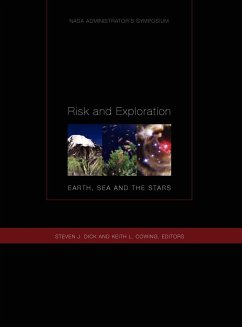
Gebundenes Buch
Earth, Sea and Stars. NASA Administrator's Symposium, September 26-29, 2004. Naval Postgraduate School, Monterey, California.
1. Oktober 2005
Books Express Publishing
Ähnlichkeitssuche: Fact®Finder von OMIKRON


